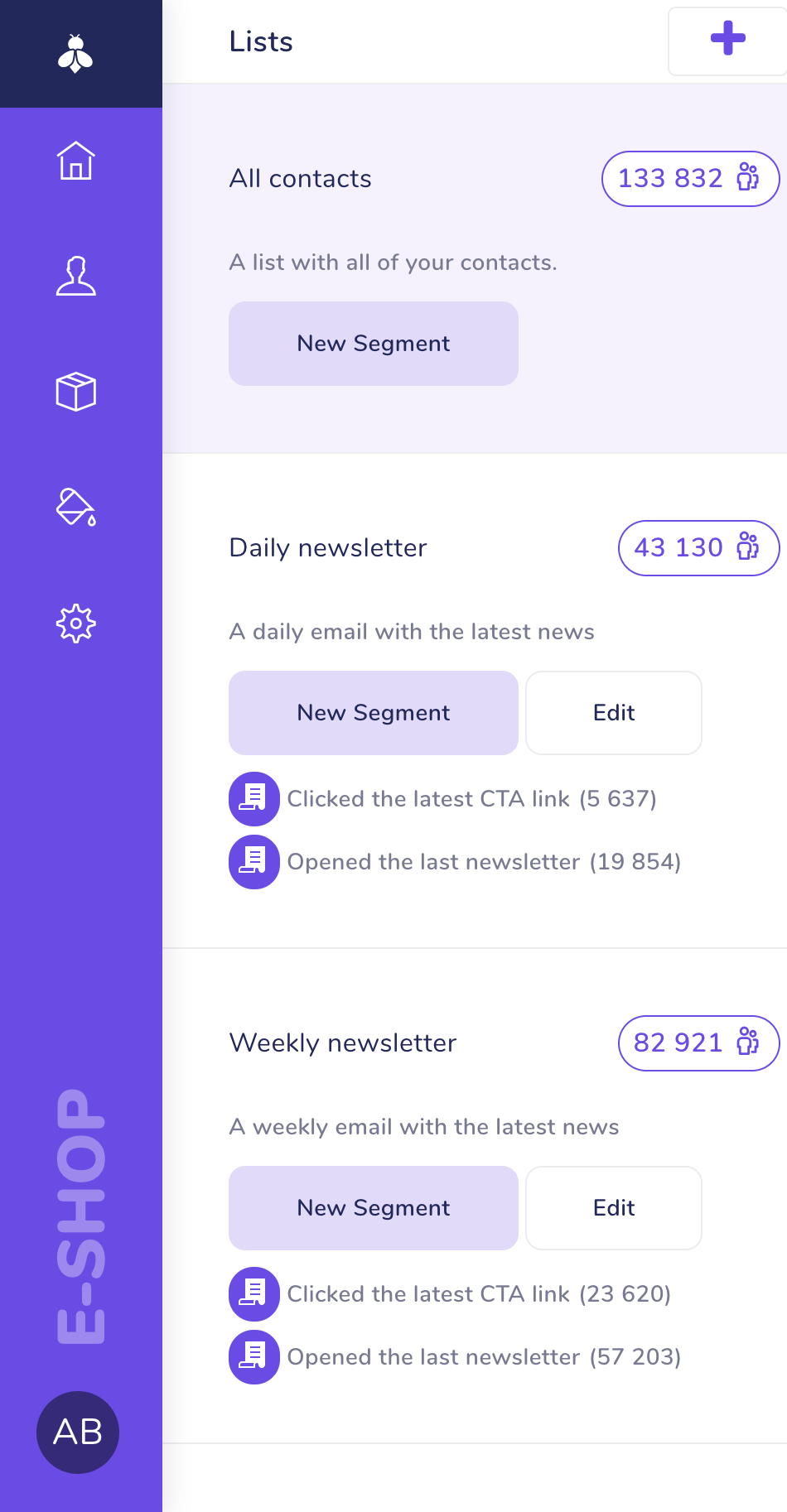Pathogenize your VIMPublished on Oct 18, 2012
We’re going to take a look how to create your own .vim config in a matter of minutes. There are many ways to do this. First one is pathogen, which I’m going to describe in this article, and then there’s also janus and vundle.
I prefer pathogen because it’s dead simple, you just need two lines in your .vimrc. But let’s first do some initial setup:
$ take .vim # if you're using bash, just do mkdir & cd
$ touch vimrc
$ ln -s ~/.vim/vimrc ~/.vimrc
$ git init
$ git commit -m "Initial commit"
Now you’re ready to add pathogen to the mix.
call pathogen#runtime_append_all_bundles()
call pathogen#helptags()
and add pathogen itself to ~/.vim/autoload
$ mkdir -p ~/.vim/autoload
$ curl -Sso ~/.vim/autoload/pathogen.vim \
https://raw.github.com/tpope/vim-pathogen/master/autoload/pathogen.vim
That’s it, you’re done! Let’s just commit the changes.
$ git add vimrc
$ git commit -m "Add pathogen config to .vimrc"
Adding a plugin
Now let’s talk about how we add a plugin. One of my favorites is rails.vim by Tim Pope, so let’s add that.
Pathogen uses git submodules for plugins, so it’s as easy as
$ git submodule add https://github.com/tpope/vim-rails.git bundle/rails
You can chose whatever name you want, just make sure it ends up in the bundle directory. Also let’s make sure we commit the addition.
$ git commit -m "Add rails.vim"
and the next time you run vim, you’ll have the plugin automatically loaded.
Cloning the repo on a new machine
When you want to clone the repository on a different machine, you also need to initialize the submodules. Let’s see how that would work.
$ git clone https://github.com/you/dotvim.git ~/.vim
$ ln -s ~/.vim/vimrc ~/.vimrc
$ cd ~/.vim
$ git submodule init
$ git submodule update
Removing a plugin
But what if you decide you don’t need a plugin anymore? You’re going to need to edit .gitmodules and .git/config and remove the submodule from both of the files.
After that just do rm -rf bundle/foo and commit the changes.
Do you manage email campaigns for your business?
We're building a tool to help businesses reach out to their customers more easily. It's called SendingBee and it's going to be awesome.
Who we are
This is the blog of sensible.io, a web consultancy company providing expertise in Ruby and Javascript.
Recent articles
- SSH Tunnel - Local and Remote Port Forwarding Explained With Examples
- Supercharge your VIM into IDE with CTags
- Don't just dump code into your models
- Getting started with Ember App Kit
- 4 Tips for Working with Dates in PostgreSQL
- PostgreSQL Sequences and Array Column Types
- Setting up Redis for Production Environment
- PostgreSQL Basics by Example
- Strong Parameters by Example
- Ember Model - Introduction
Tags
- rails (1)
- ruby (3)
- osx (1)
- vim (1)
- ember (3)
- ember-model (1)
- postgresql (3)
- ruby vim ctags (1)
- unix (1)
- redis (1)
- promises (1)




